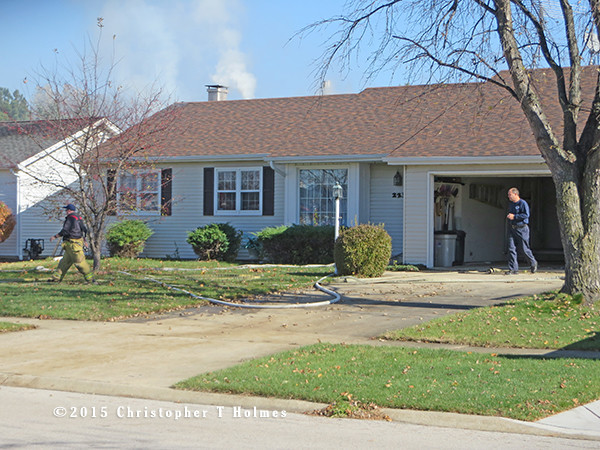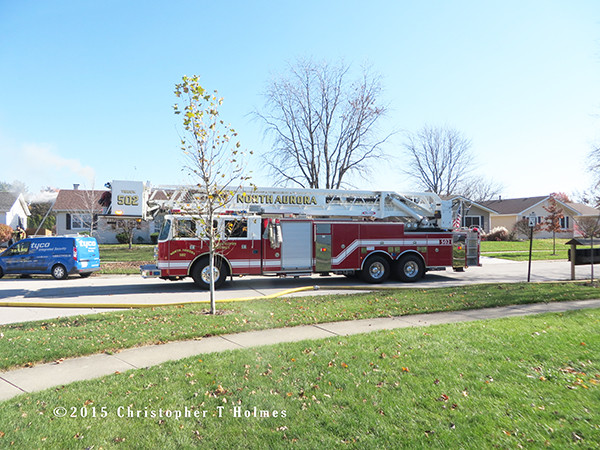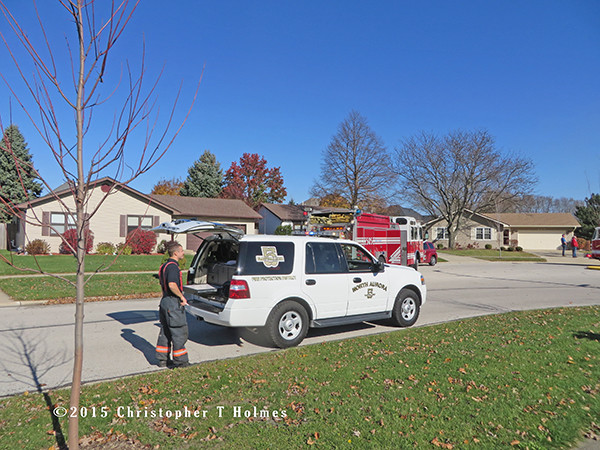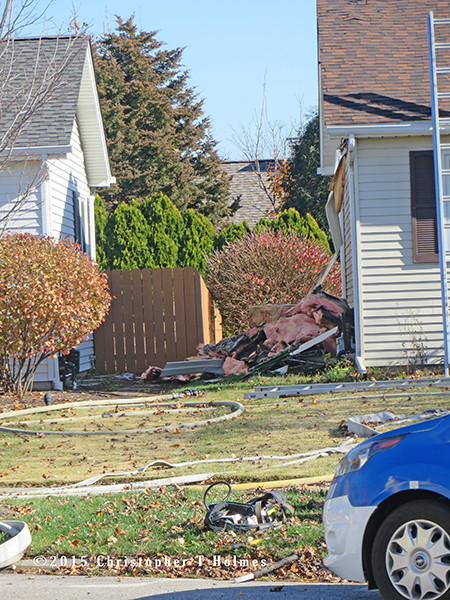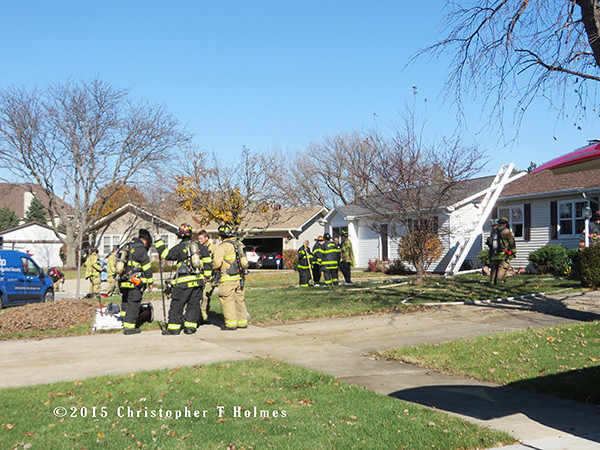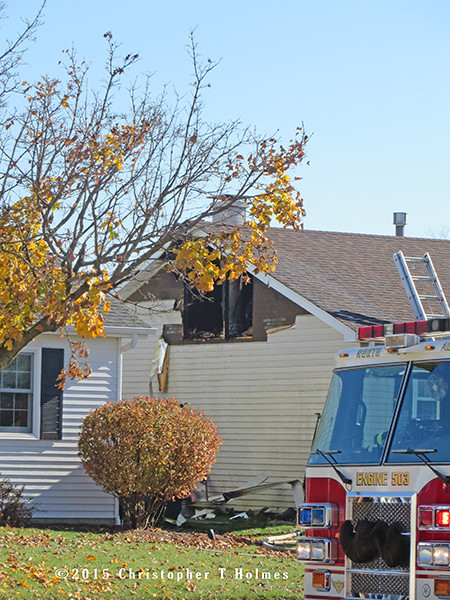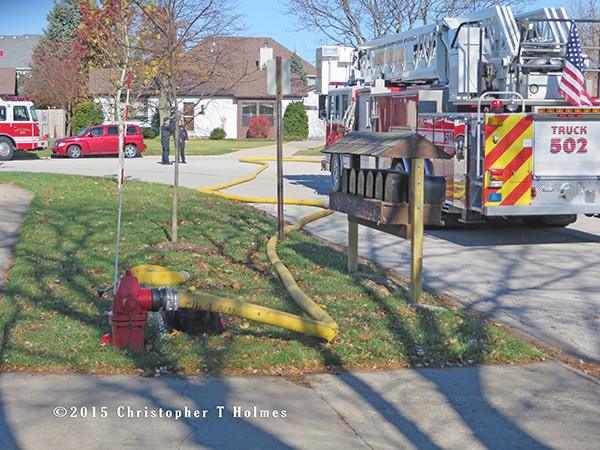Excerpts from the NWHerald.com:
Although thermal cameras and improved life-safety equipment are aiding firefighters, the enemy they’re fighting has changed significantly over the years. The number of reported fires has steadily decreased – they have more than halved over the past 25 years – but they are more dangerous and are burning much faster. Fire departments nationwide are in a push to learn new tactics to face that changing threat.
Chiefs warn the decrease in reported fire calls is deceptive and should not be taken as an indicator that fewer firefighters are needed.
Just less than 1.3 million fires were reported nationwide last year, regardless of type – a 4.7 percent increase from 2013 and an average of one every 24 seconds, according to the National Fire Protection Association. Fires in 2014 caused $11.6 billion in damage, and killed 64 firefighters and 3,275 residents. Last year’s total, despite the uptick, still is less than half of the 3 million fire calls reported in 1980.
About 75 percent of the 494,000 structure fires reported last year came from homes and apartments. But a structure fire two generations ago is much different from the fires of today. Newer homes are much larger, made of newer materials that burn hotter and faster, and filled by homeowners with appliances, furniture, and belongings that are made of highly flammable petroleum-based polymers. Even most wooden furniture, which of course will burn when heated, is treated with flammable polyurethane coatings.
What this means for firefighters is they have to attack fires more aggressively before structures collapse. This also means firefighters have less time to search larger houses for trapped residents. Thermal cameras and equipment that allow firefighters to enter burning structures that previous generations could not, has to be paired with new techniques and skills.
An example cited about the changing nature of fires is the escape time homeowners have when their smoke alarms start sounding. Conventional wisdom still holds that smoke detectors, when properly placed on every floor and in every sleeping area, can increase escape time by up to 15 minutes. In reality, in the modern home filled with flammable belongings, that lead time can be as short as two minutes.
Most area fire districts are hybrids in which most, if not all firefighters also are dual-trained as paramedics or EMTs. Emergency medical personnel must stabilize the victim at the scene before transport, be it for a broken ankle or someone having a heart attack.
That requires a pool of talented and trained individuals, and their workload is increasing. Woodstock Fire Rescue received 1,100 calls in 1993, the year in which its fire and rescue districts merged.
The 4,500 calls it receives annually is more than a 300 percent increase. Of the 31.6 million total calls fire departments received last year, almost two-thirds were for medical assistance, according to National Fire Protection Association data.
